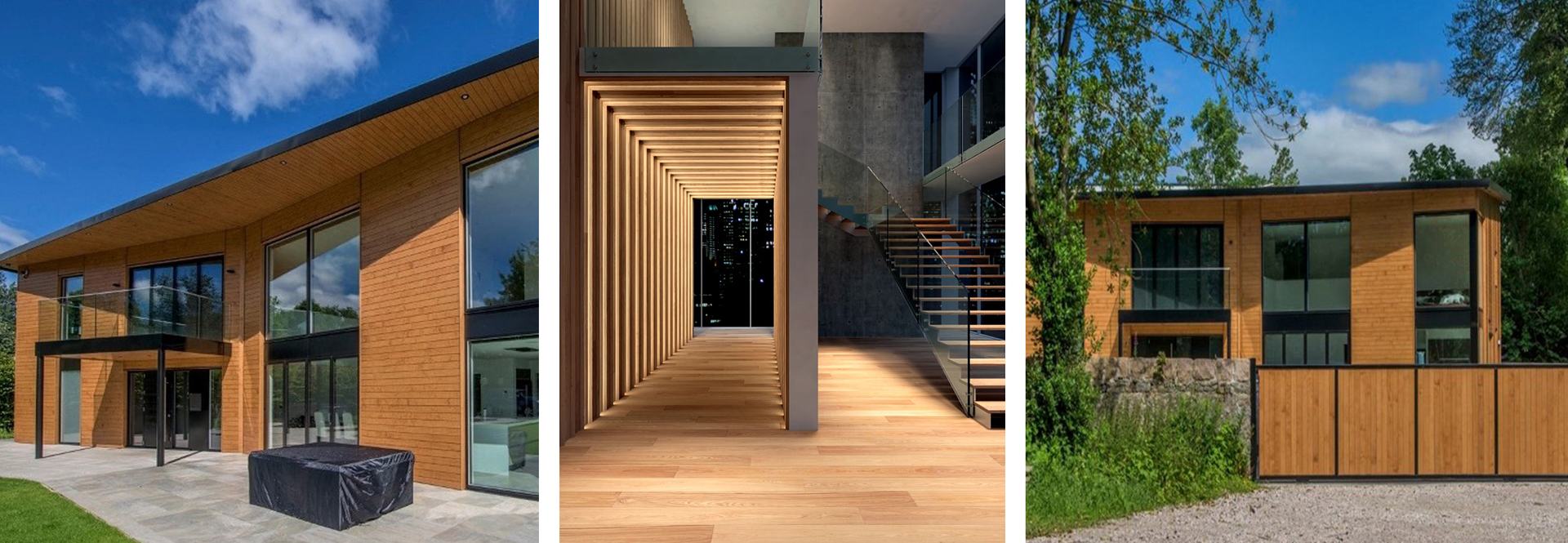The RMI, self- and new-build housing markets, and commercial construction all have one thing in common: they can’t get enough timber cladding.
Over the past decade, the cladding market has doubled, and demand is now rising anew, driven by evolving consumer tastes and evolution of the types of cladding available. There are more styles and types of cladding available today than ever before, and they are jostling for their share of the market.
According to AMA Research’s latest study, Wall Cladding Market Report – UK 2016-2020, the cladding market is “far from saturation point.” In other words, demand continues to rise.
New products like Accoya offer higher performance, longer life, and lower maintenance costs. It’s unsurprising, then, that cladding made of these products is becoming a popular choice in the UK – where the climate is, shall we say, changeable.
Newer products can also offer greater fire resistance – something still on many minds across the country in the wake of the Grenfell Tower blaze. .
The market is also being driven by more aesthetic concerns. Woods like ash and tulipwood are coming into their own, and – treated correctly – they can provide a beautiful and robust alternative.
Modified wood can also be made, in come cases, in highly environmentally friendly forms. Some research has suggested these timbers can have a far lower carbon footprint than “some tropical hardwood equivalents”. Taking the long lives associated with modified timber into account, this makes it a much greener solution than some of the competition.
2017 was a great year for cladding – both in terms of innovation and customer interest. According to the experts, 2018 will see that trend continue.

